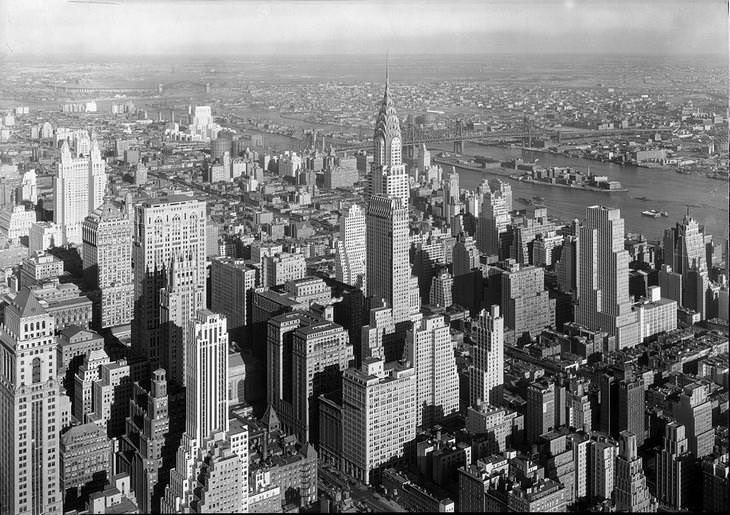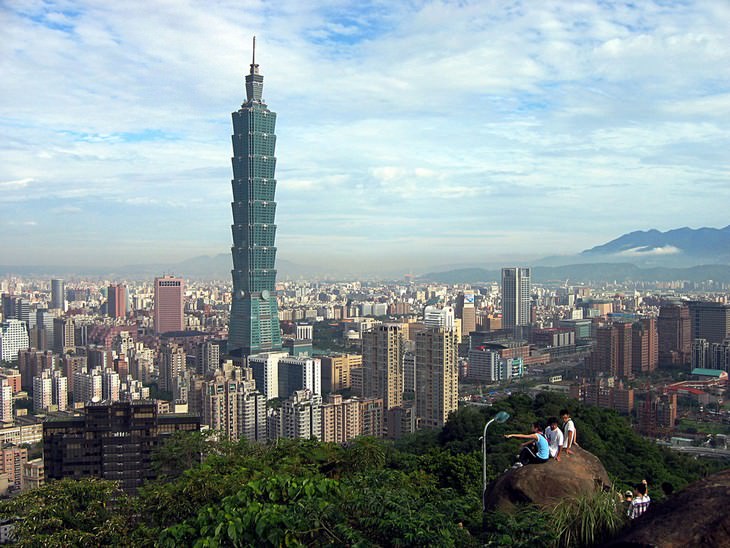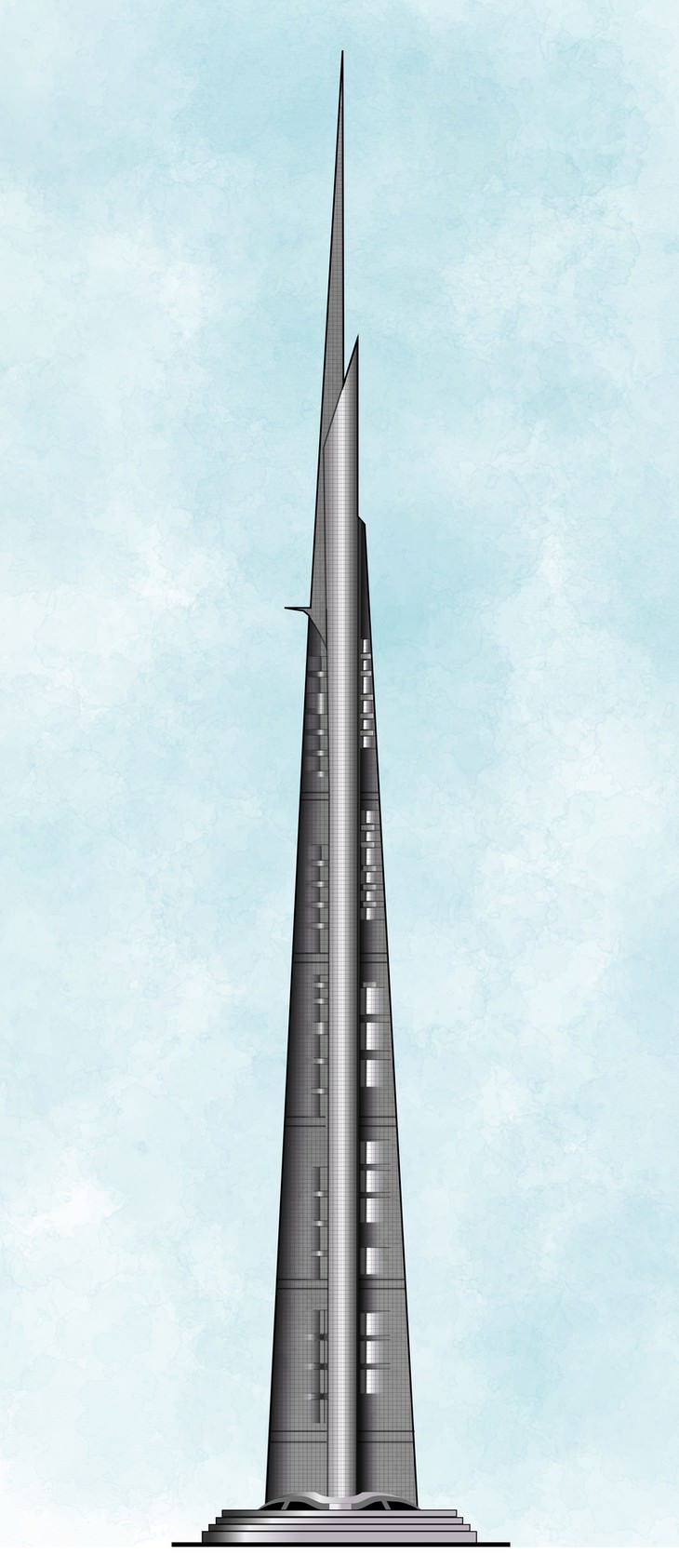
In this post, we are going to look at just what the problems that face skyscraper building are, and how these issues are being overcome.
However, not all buildings use the same solution. The current world record holder, Burj Khalifa, Dubai, is instead constructed so that no vortices can occur. Because the structure is not built uniformly, air flow is disrupted in such a way that no eddies or vortices can become organized enough to make a difference.
The building has a Y-shape plan, with each higher tier slightly rotated from the lower one, making a spiral effect. Each floor is also smaller than the previous one. Countless computer models and tunnel tests were conducted to examine the consequences of the aerodynamic principles involved.
So, thanks to clever engineers' better understanding of aerodynamic physics, and the prestige to be gained from creating the tallest skyscraper, many new record breakers are currently in the works. For example, Jeddah Tower in Saudi Arabia is set to be the first skyscraper to be raised 1 km into the sky.
Just imagine the incredible views from future buildings like this! But try not to worry about the wind so much.
BONUS: How to Build Higher and Higher
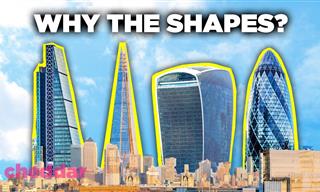 10:16
10:16
Why Does London Have a Skyscraper Shaped Like a Pickle?
It turns out that London's iconic buildings like the Shard & the Gherkin are not oddly shaped just for looks. Here's the real reason London has odd skyscrapers.
 29:21
29:21
Do You Want to See How the Universe Ends?
Take a huge journey in time with us, rushing ahead billions and trillions of years to when the universe will die.
 7:03
7:03
The 5 Tallest Skyscrapers Currently Under Construction
From the Central Park Tower in New York City to the skyscraper in Moscow, one of these five buildings may become the new tallest building in the world
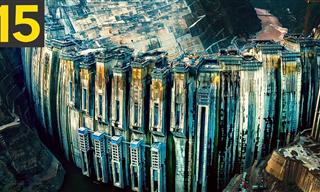 20:31
20:31
Marvel at the World’s Most Impressive Megaprojects
From massive dams to huge skyscrapers, these impressive megaprojects are all set to change our future.
 17:12
17:12
These Unique Buildings Have Some Bizarre Architecture
The beautifully weird architecture of these impressive buildings is sure to captivate you
 11:08
11:08
Will We EVER See a 500-Year-Old Skyscraper?
Will high-rise buildings like the Empire State Building or the Burj Khalifa remain standing or be forever forgotten in 500 years?
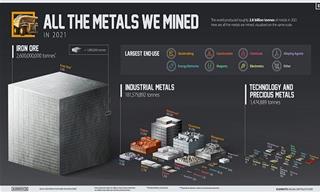
What Metals Do We Mine the Most? This Graph Shows All!
Did you know the world mined 2.8 billion tonnes of metals in 2021? Let’s discover what metals we mined the most.

Doctors Make History With First Whole Eye Transplant
Surgeons in New York have performed the world’s first transplant of an entire human eye!
 5:48
5:48
3 Surefire Ways to Always Identify Pseudoscience
Find out how you can identify pseudoscience, and learn how it differs from actual science.
 19:05
19:05
What’s it Like Using a 115-Inch TV?!
This colossal 115-Inch TV will transform your viewing experience forever.
 5:56
5:56
What on Earth Is a Black Hole? This Video Explains All...
What on Earth are black holes, how do they affect us, and should we be at all worried about their existence? Find out here.

2023 in Science: Biggest Discoveries You Missed!
Let’s take a look at the most amazing scientific discoveries that made news this year.
 13:55
13:55
WATCH: What Is the Fingerprint of God's Creation?
The golden pattern, describes the mathematical code of the universe. Is this the scientific evidence of God's will and plan?
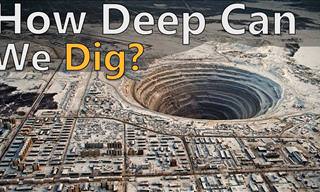 8:11
8:11
Fascinating: What is the Deepest Hole Humanity Has Dug?
This video explains how low humanity has dug down so far.
 2:51
2:51
What is the Largest Organism on Earth?
You may think you know which animal is the largest on earth, but you may be mistaken...
 12:57
12:57
The Curious Science of Tricking Your Taste Buds
Did you know you could confuse your sense of taste? Find out how!
 6:47
6:47
7 Exciting Physics Tricks You Have to See!
Watch these seven remarkable physics tricks in this exciting and fun video.
 5:13
5:13
Whatever Happened to that Hole in the Ozone Layer?
Let's embark on this enlightening journey to better understand our atmosphere's health.

Here Are the 16 Oldest Household Objects in the World
If you think ancient life is remote, these pre-historic household items will make you think again. Just look at how old they are!

These Things All Say Something About Your Body Or Mind
There are many things that you can determine about your body and mind just by looking at yourself. Here are 10 things that your body says about you.
 2:23
2:23
Introducing the Astronauts That Were Just Launched Into Space
The two astronauts — veteran NASA fliers Bob Behnken and Doug Hurley are honored to have been on this flight. Let's get to know them!
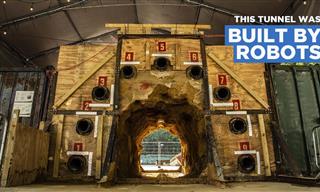 9:05
9:05
A Tunnel Built by a Swarm of Robots - Jaw-Dropping!
Imagine a swarm of robots attacking a mountain and smashing it to pieces...
 13:38
13:38
24 Smart Storage Inventions You Didn't Know You Needed
These super useful inventions are designed to make you help space!

10 Real-Life Technologies That Science Fiction Foretold
Sometimes even the wildest science-fiction predictions about the future come true.

Can One Photo Really Tell How Good Your Eyesight Is?
Scientists say that this single photograph can tell you whether you have good vision or not. Who can you see in the image?
 2:01
2:01
What Does the Appendix Actually DO?
Dr. Berg explains, in this video, all about the appendix and what it actually does in our body.
 6:11
6:11
Your Voice is as Unique As Your Fingerprints
This fascinating video explains how this unique characteristic of humans works, and what makes our voices unique.
 7:27
7:27
Check Out This Radio-Controlled Lego-Powered Submarine
This is the height of creativity! Check out this insanely cool Lego submarine. It actually works!

Travel From the Sun to Pluto With Our Interactive Guide!
The solar system is a fascinating place, and we wanted to bring you an interactive journey that you can use to travel through it. Enjoy the journey!
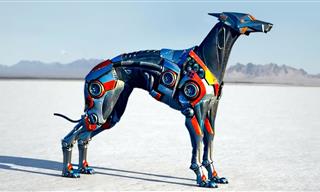 12:02
12:02
10 Incredible Animal-Inspired Robots
Let's meet some incredibly realistic robotic animals.
 12:22
12:22
These Experiments Remind Us Water Isn't Just For Drinking
This video will make you stop and think for a second the next time you're having a glass of water as you remember the brightly colored experiments that this video shows us you can do with water

When Under a Microscope, Even Ordinary Things Seem Alien
Have you ever given any thought to what every day things look like under a microscope? Some of these images are truly beautiful - see for yourself in the images below.
 5:05
5:05
How Do the Drugs We Take Affect Our Brain?
We take many pills these days. What is it exactly that they DO to our brain? Find out now.

These Ancient Inventions Have Got Scientists Stumped!
Here are 12 items from long ago which prove that our ancestors possessed knowledge and skills far more advanced than we once believed them to be.
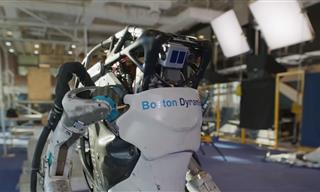 9:47
9:47
Behind the Scenes of the Human-Like Atlas Robot
In this video, we get a behind-the-scenes look at the development of the incredible Atlas robot.
 13:55
13:55
The Disappearing Computer: Revolution on a Personal Scale
What happens when we lose the physical large computer all together? This lecture explains what ahead for computers.
 21:07
21:07
15 Frightening Animals Early Humans Had to Live With
10 scary animals early cavemen in Africa had to deal with 200,000 years ago.

These Will Give You True Perspective About Our World
Just to give you an idea of how big the Earth really is in true perspective to all the other heavenly bodies up there in the cosmos.

I Never Knew These Stunning Facts About Our Universe
If you thought you understood the universe, you'll be completely floored by this insane facts.

Welcome to the Fastest Maze-Solving Competition Ever Made...
Welcome to Micromouse, a competition for the quick of eyes and the quick of minds. This is the oldest robotics race.
 11:39
11:39
Is There Any Way To Destroy or Deflect Asteroids?
Watch an interview with Cathy Plesko, a leading scientist working on preparing for the dangers of an asteroid attack
 1:22
1:22
Are Smartphones Making Us Stupid? This Will Surprise You!
If you use a smartphone you need to see this!

7 Weird Facts About the Human Voice That Will Surprise You
We bet you didn’t know these peculiar facts about the human voice.

Remembering the Life and Wisdom of Stephen Hawking
Stephen Hawking possessed one of the greatest minds the world has ever seen, but was also impaired by a debilitating disease. Here are his life ant times.
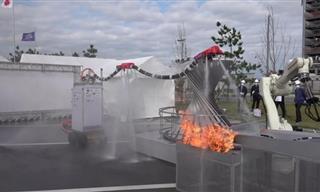
Scientists Develop 'Flying Dragon' Robot to Fight Fires
Scientists in Japan have created a water-spitting 'flying dragon' robot to fight fires.
 3:26
3:26
The McGurk Effect - Don't Believe Your Eyes!
What we hear can be affected by what we see...

TRIVIA: 25 Shocking Differences Between the Sexes
Did you know that there are some vast differences between the sexes? These 25 scientific facts will probably come as a big surprise to you, they did to me.



